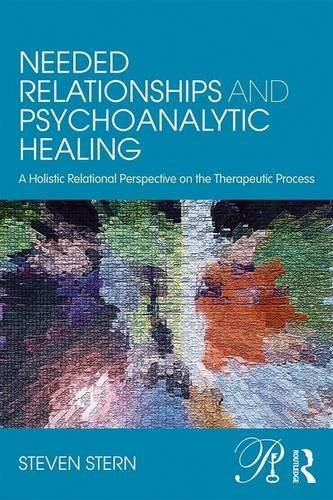Needed Relationships and Psychoanalytic Healing: A Holistic Relational Perspective on the Therapeutic Process (Psychoanalysis in a New Key Book Series) by Steven Stern
2017 | ISBN: 0415707897, 0415707870 | English | 262 pages | PDF | 2 MB
2017 | ISBN: 0415707897, 0415707870 | English | 262 pages | PDF | 2 MB
Needed Relationships and Psychoanalytic Healing is both a personal analytic credo and a multidimensional approach to thinking about clinical interaction. The book’s central theme is that of analytic needed relationships―the science and art of co-creating unique, evolving relational experiences fitted to each patient’s implicit therapeutic aims and needs.
Steven Stern argues that, while we need psychoanalytic theories to "grow the receptors and processors" necessary to sense, understand, and connect with our patients, these often tend to frame the therapist’s participation in terms of theoretical and technical categories rather than offering a more holistic view of the relationship in all of its human complexity. Stern believes that a new set of higher order constructs is needed to counteract this tendency. In addition to his own concept of needed relationships, he invokes principles from the work of renowned developmental researcher and theorist, Louis Sander: especially his concept of relational fittedness. Stern draws on the work of Freud, Bion, Winnicott, Kohut, and a broad spectrum of contemporary psychoanalytic authors, in fleshing out the therapeutic implications of Sander’s (and Stern’s own) vision. The result is a rich, humane, and accessible narrative.
Needed Relationships and Psychoanalytic Healing offers diverse clinical examples in which you will find Stern engaging with each of his patients in idiomatic, spontaneous ways as he attempts to contour interventions to the evolving analytic situation. This case material will inspire therapist-readers to feel freer to find their own creative voices and idioms of participation, as they seek to meet each patient within the psychoanalytic space. The book is intended for psychoanalysts and psychodynamic therapists at all levels of experience, including those in training.



